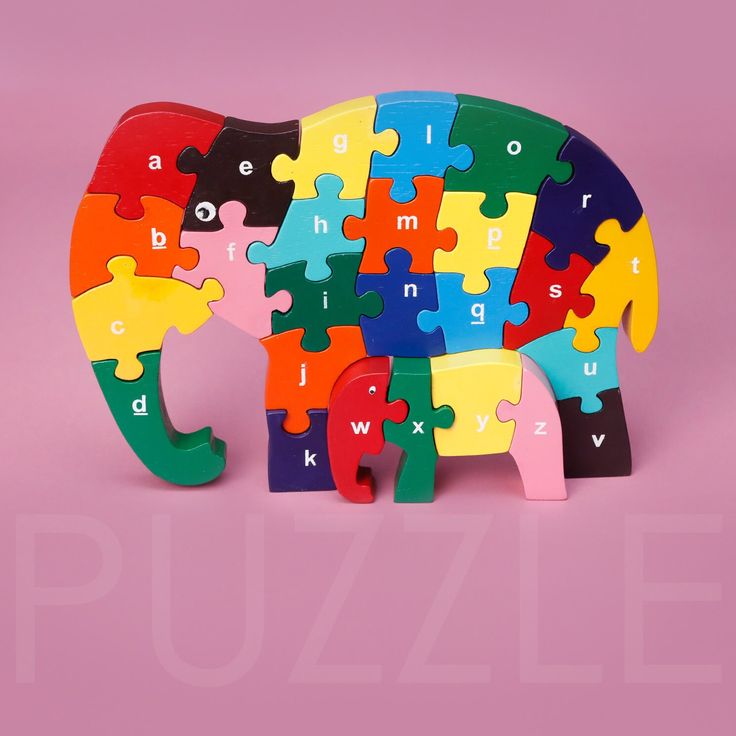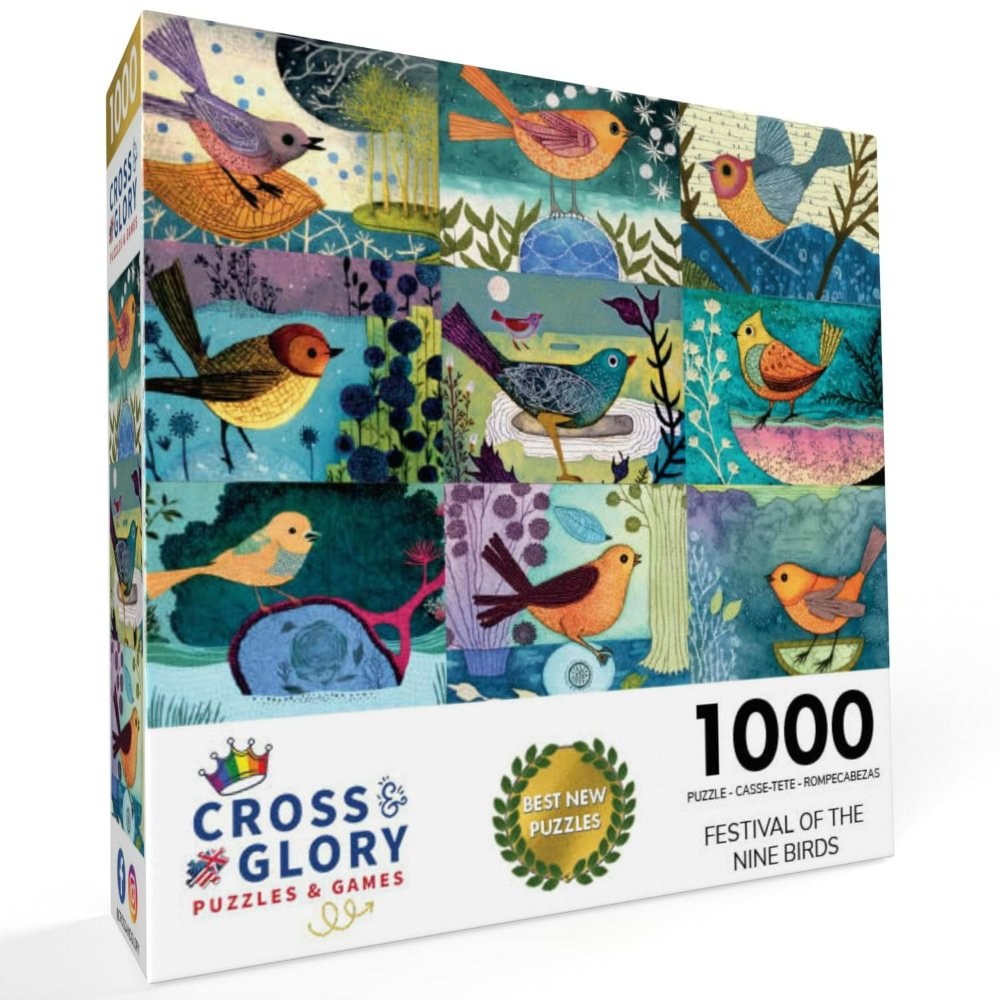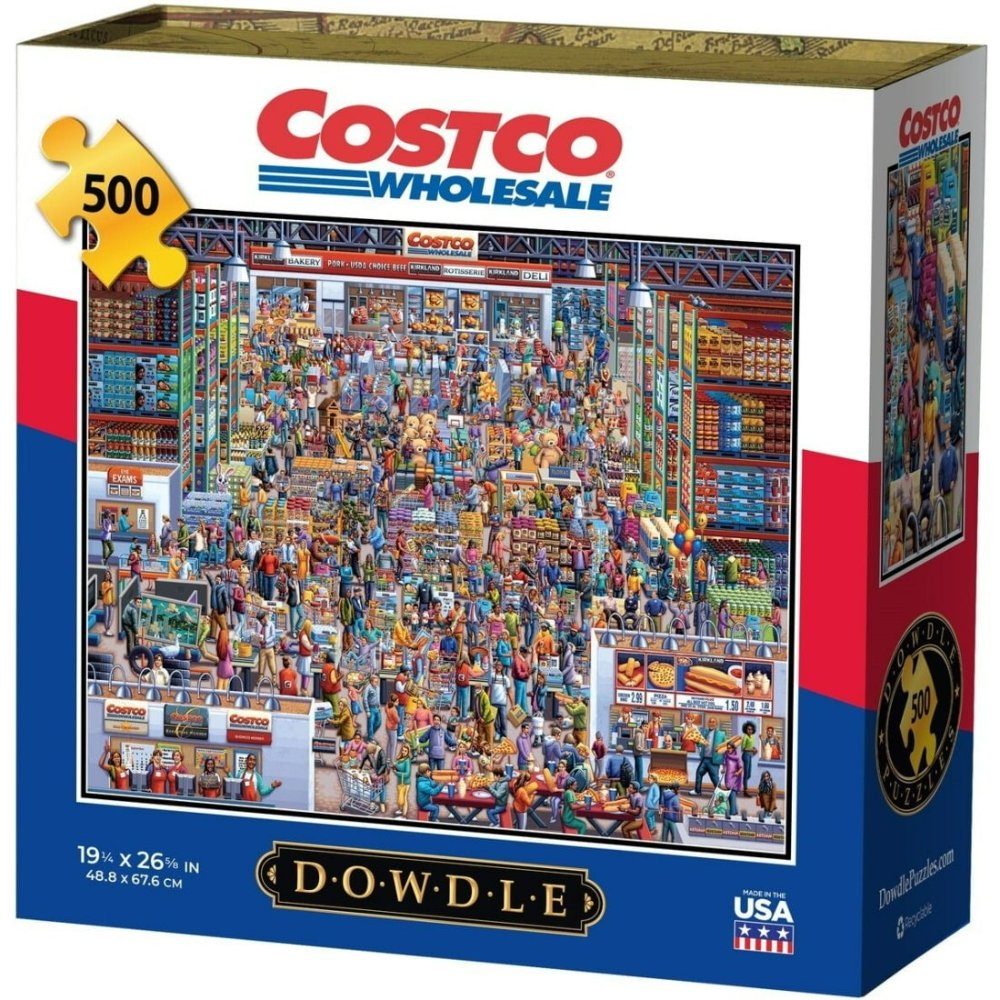The Benefits of Puzzles in Early Childhood Development
Puzzles can be more than just fun and games for kids. Engaging children with kids puzzles is a proven method to aid their early development. Let’s explore some key benefits.
Cognitive Skill Enhancement
Kids puzzles are a fantastic tool for enhancing a child’s cognitive skills. These include memory, concentration, and thinking skills. As kids fit puzzle pieces together, they learn about shapes, colors, and patterns. This boosts their spatial awareness and abstract thought.
Complex puzzles can also help kids with recognizing sequences, which is a stepping stone in learning math and science concepts. Selecting the correct pieces involves trial and error, fostering logical reasoning and critical thinking.
Problem-Solving Abilities
Problem-solving is a crucial life skill, and puzzles offer a fun way for kids to develop it. When children work on a puzzle, they need to identify different strategies to solve it. This hands-on experience in tackling challenges is invaluable in a child’s development.
For instance, a puzzle might require kids to focus on an end goal while figuring out intermediate steps. They learn to hypothesize, test their ideas, and adapt based on results, all within the safety of play.
Fine Motor Development
Fine motor skills involve the use of small muscles in the fingers, hands, and wrists. Completing puzzles helps kids to develop these skills by manipulating small pieces. This doesn’t only prepare them for writing and drawing in school but also for daily life tasks like buttoning a shirt or tying shoelaces.
Puzzles with knobs or those that require specific actions, like twisting or snapping pieces together, are especially good for this. As children grasp and move the pieces, their hand-eye coordination and dexterity improve.
Offering a variety of kids puzzles, suitable for their age and skill level, can play a vital part in a child’s early growth. They learn, play, and develop essential abilities, all while having fun.

Types of Puzzles for Different Age Groups
Choosing the right kids puzzles for different age groups is essential to their developmental benefits.
Puzzles for Toddlers
For toddlers, puzzles are often about exploring shapes and colors. Ideal puzzles include large, chunky pieces that are easy for little hands to grasp and move. Peg puzzles or those with knobs can be great as they enhance fine motor skills. Brightly colored wooden puzzles with basic geometric shapes also help in color and shape recognition.
Puzzles for Preschoolers
Preschoolers are ready for more of a challenge. Puzzles with more pieces and detailed images, like animals or vehicles, keep them engaged. Floor puzzles with large, durable pieces are great for this age. They can work on these together, developing social skills alongside cognitive abilities. They also start recognizing patterns and sequences during play.
Puzzles for School-Age Children
School-age children can handle intricate puzzles with smaller pieces. Jigsaw puzzles that create a full image promote patience and attention to detail. Puzzles at this stage may depict complex scenes and include a higher number of pieces to encourage prolonged concentration and perseverance. Opt for puzzles that align with their interests to keep them motivated. This age group can also start enjoying puzzles that tie into educational content, such as maps or historical events.
Educational Puzzles and Their Impact
Puzzles are more than just entertainment; they are educational tools that engage young minds in multiple learning aspects. When children work on educational puzzles, they convert abstract concepts into tangible puzzles pieces. This hands-on approach aids in deeper understanding and retention of information.
Learning Numbers and Letters
Kids puzzles designed to teach numbers and letters are vital for early literacy and numeracy skills. These puzzles often feature brightly colored pieces with numbers or alphabets that children can arrange. As kids match these shapes, they recognize and remember each character’s appearance and sequence. This type of puzzle not only teaches children to identify and order numbers and letters but also enhances their memory through repetition.
Geography and Science Puzzles
Geography puzzles, such as maps of the world or different countries, introduce young learners to the basics of geography. Children learn to identify various places and their relative positions. This foundation is crucial for more advanced studies in geography as they grow. Science puzzles, on the other hand, might depict the solar system, human anatomy, or different plant species. These puzzles make complex science topics accessible and interesting, sparking curiosity about the natural world and scientific concepts.

Interactive Puzzles and Technology
Advances in technology have revolutionized the way kids engage with puzzles. These modern puzzle formats can provide unique, interactive experiences that blend fun and learning seamlessly.
Digital Puzzles and Apps
Digital puzzles and apps are becoming a popular choice for today’s tech-savvy kids. These platforms usually offer a variety of puzzles that cater to different age groups and skill levels. Apps often feature colorful, engaging designs and interactive elements that make learning playful and exciting. Many of these digital solutions include features like hints and level progressions to help maintain children’s interest over time. They’re easily accessible on tablets and smartphones, making them perfect for learning on the go.
Interactive Puzzle Games
Interactive puzzle games, which can be found on various electronic devices, provide a dynamic platform for cognitive development. These games often include time challenges, scores, and multiple levels that encourage kids to improve their problem-solving skills and speed. Some games incorporate story elements or themes, engaging kids further by having them solve puzzles to advance in the storyline. This format not only keeps puzzle-solving fresh but also integrates essential skills like strategic thinking and planning.
Creative Ways to Incorporate Puzzles at Home
Incorporating kids puzzles into home activities can enhance a child’s learning while making it fun. Here are some creative methods to bring puzzles into daily family life, ensuring kids stay engaged and gain maximum benefits from this interactive form of play.
Family Puzzle Night
Creating a regular ‘Family Puzzle Night’ can be a delightful tradition. It provides a great opportunity for family bonding and allows everyone to work together towards a common goal. Choose puzzles that suit the age and skill level of all family members to keep it inclusive and enjoyable. This setup not only entertains but also encourages teamwork and communication among family members.
Puzzle Swaps and Challenges
To keep the puzzle-solving experience fresh and challenging, consider organizing puzzle swaps with friends or neighbors. This allows children to experience a variety of puzzle types and themes without the need to purchase new ones frequently. Additionally, setting up friendly puzzle challenges can spur motivation and interest. For instance, who can complete a certain puzzle the fastest or with the fewest hints. This adds a fun competitive element to puzzle-solving.

Selecting the Right Puzzle for Your Child
Choosing the right puzzle for your child involves two main aspects – the size and complexity, and the material and safety considerations.
Puzzle Size and Complexity
Deciding on the size and complexity of kids puzzles depends largely on the child’s age and skill set. For toddlers, large puzzles with a few, chunky pieces are suitable as these are easy to handle and don’t pose a choking hazard. As children grow, they can handle more complex puzzles with smaller and more numerous pieces. This progression naturally challenges their developing cognitive abilities and fine motor skills. Always select a puzzle that is slightly challenging but not too difficult, as this can keep the child engaged without causing frustration.
Material and Safety Considerations
The safety of the puzzle materials is crucial. Ensure that the kids puzzles are made from non-toxic materials. For younger children, wooden puzzles with smooth edges are ideal as they are durable and safe. Avoid puzzles with small, detachable parts that might pose a choking risk for younger kids. Also, check for any sharp edges or poorly finished parts that could cause injuries. For digital or electronic puzzles, verify that the apps or devices have parental controls and do not contain inappropriate content. By selecting puzzles with safe materials and appropriate complexity, you contribute positively to your child’s growth and development.


